Jinni-Tech – the master of educational videos with the goal of striking RED Digital Cinema, is back. And this time, the focus is on the REDCODE RAW codec, and the origin of RED’s patent. To make the story short, Jinni-Tech claims that R3D is basically a JPEG 2000 wrapped in a QuickTime format, based on the CineForm RAW codec. Watch Jinni-Tech’s research below.
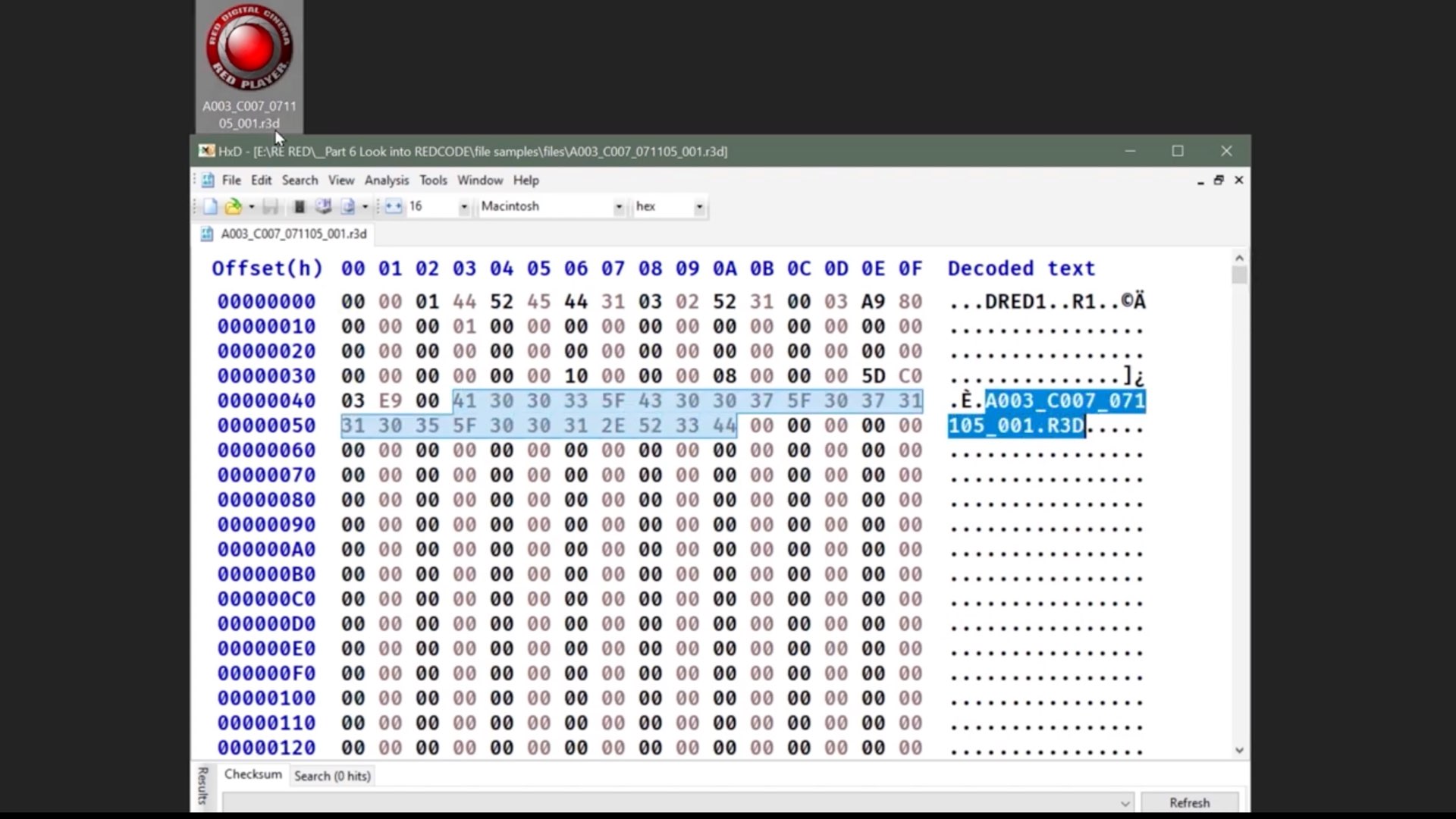
What’s inside an R3D file?
Jinni-Tech has been investing tons of effort in crafting educational videos in order to strike RED Digital Cinema. Search this name on our site and you’ll find very useful information regarding the origin of digital cinema, high-resolution raw capture, and more. This time, Jinni-tech attacks RED’s patent. As stated by the title and description of the video: “REDCODE = QuickTime? A Complete Guide o REDCODE & CineForm Cinema Camera RAW recording – What is inside a REDCODE R3D file? Can it be viewed directly like a QT video? And why does it need RED’s specific players?” The video compares the RED patent to the CineForm RAW, and older Wavelet RAW codec, which are not patented”.
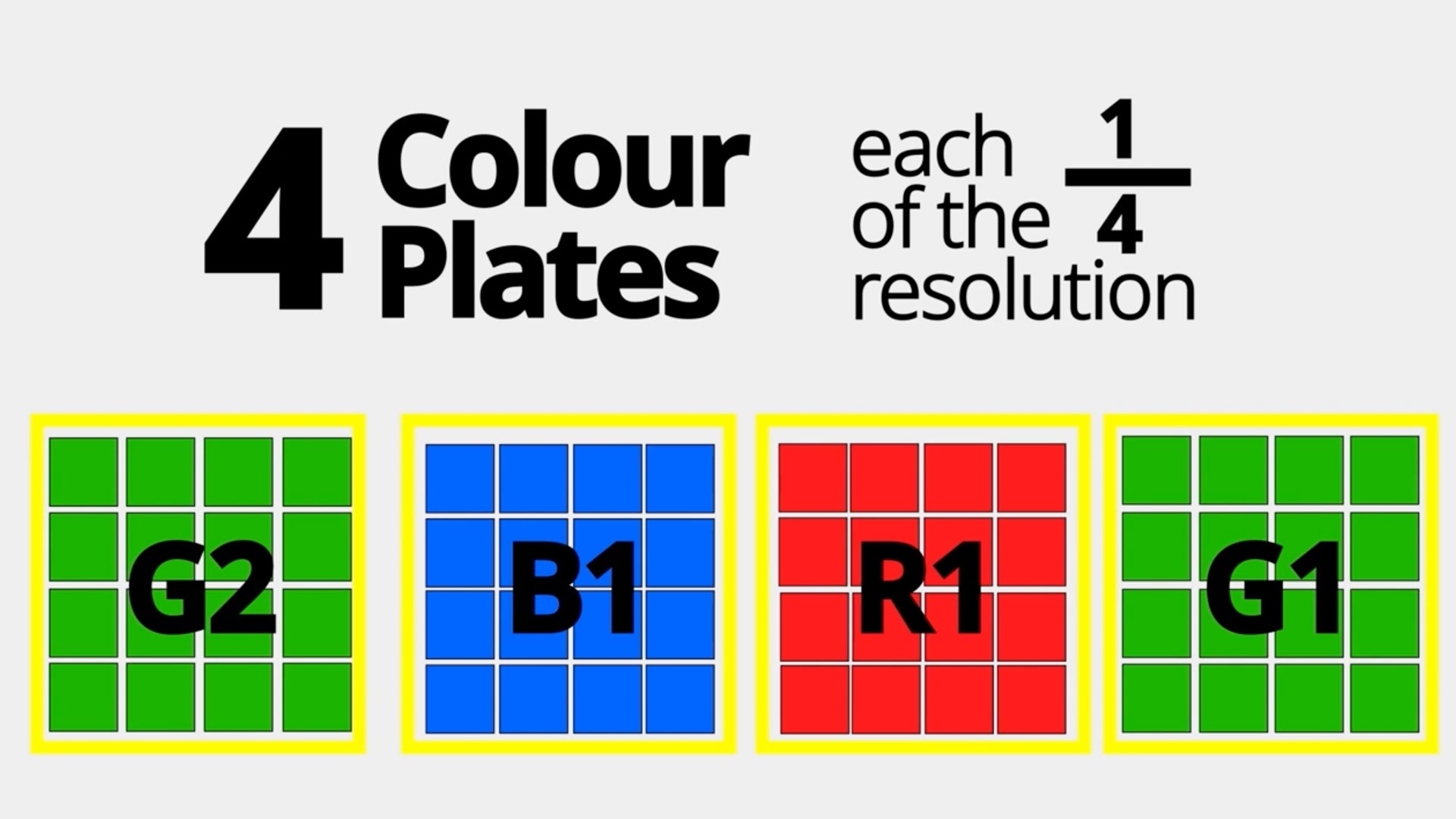
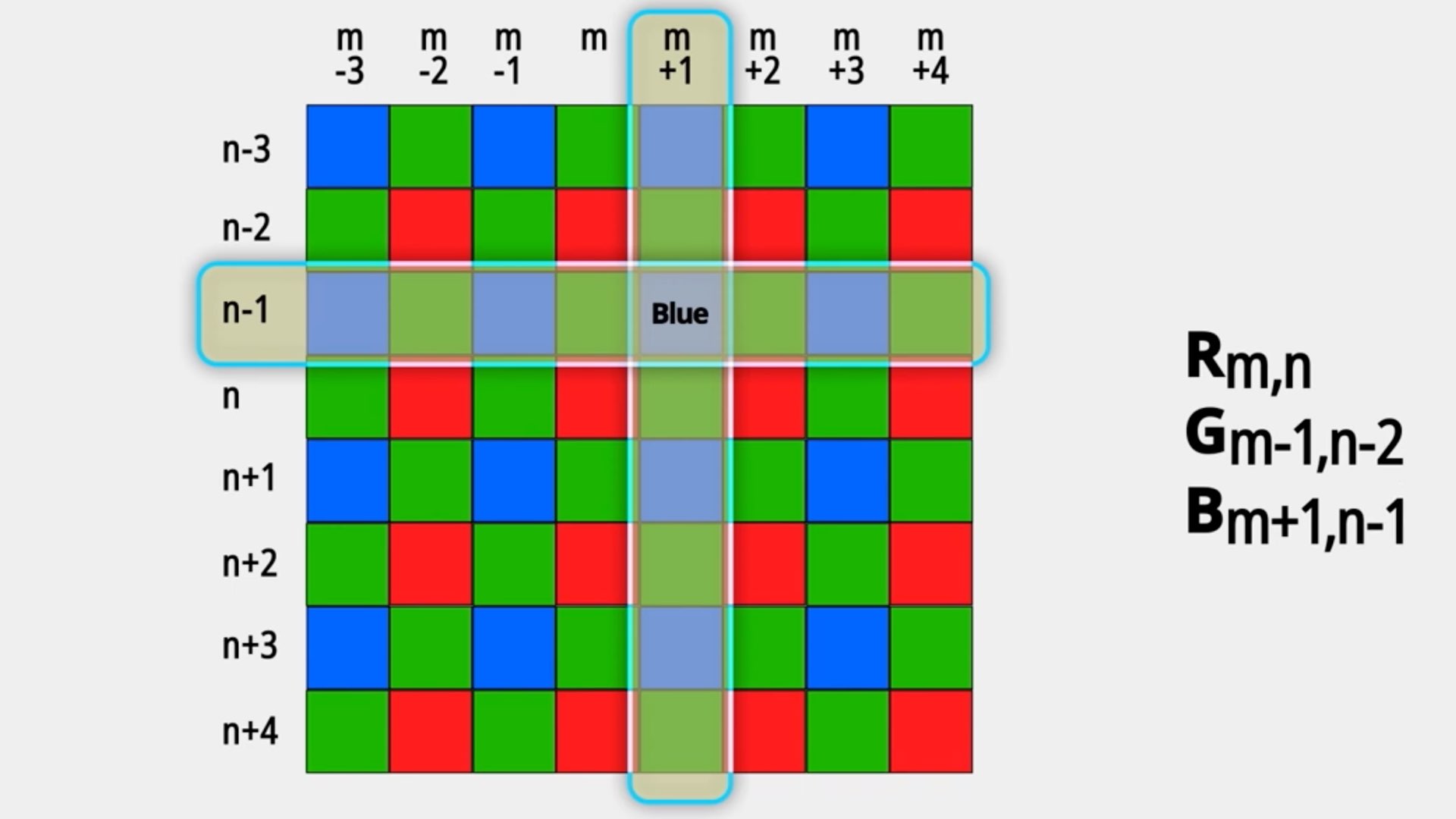
Reverse engineering of the R3D
In the video, when an R3D file is reverse-engineered, Jinni-Tech claims that it’s a jpeg2k (JPEG 2000) with some metadata that can be opened in Photoshop. Furthermore, even the audio data is there. Moreover, the original RED Rocket was, in fact (as Jinni-Tech claims), a very expensive JPEG 2000 card, that was adapted for digital cinema playback. Other similar cards have cost a fraction of the price. The video also elaborates on the structure of R3D and how it’s connected to the good old CineForm RAW. Basically, the video tries to prove that RED has not invented anything new, and the patent is based on older simplified compression methodologies.
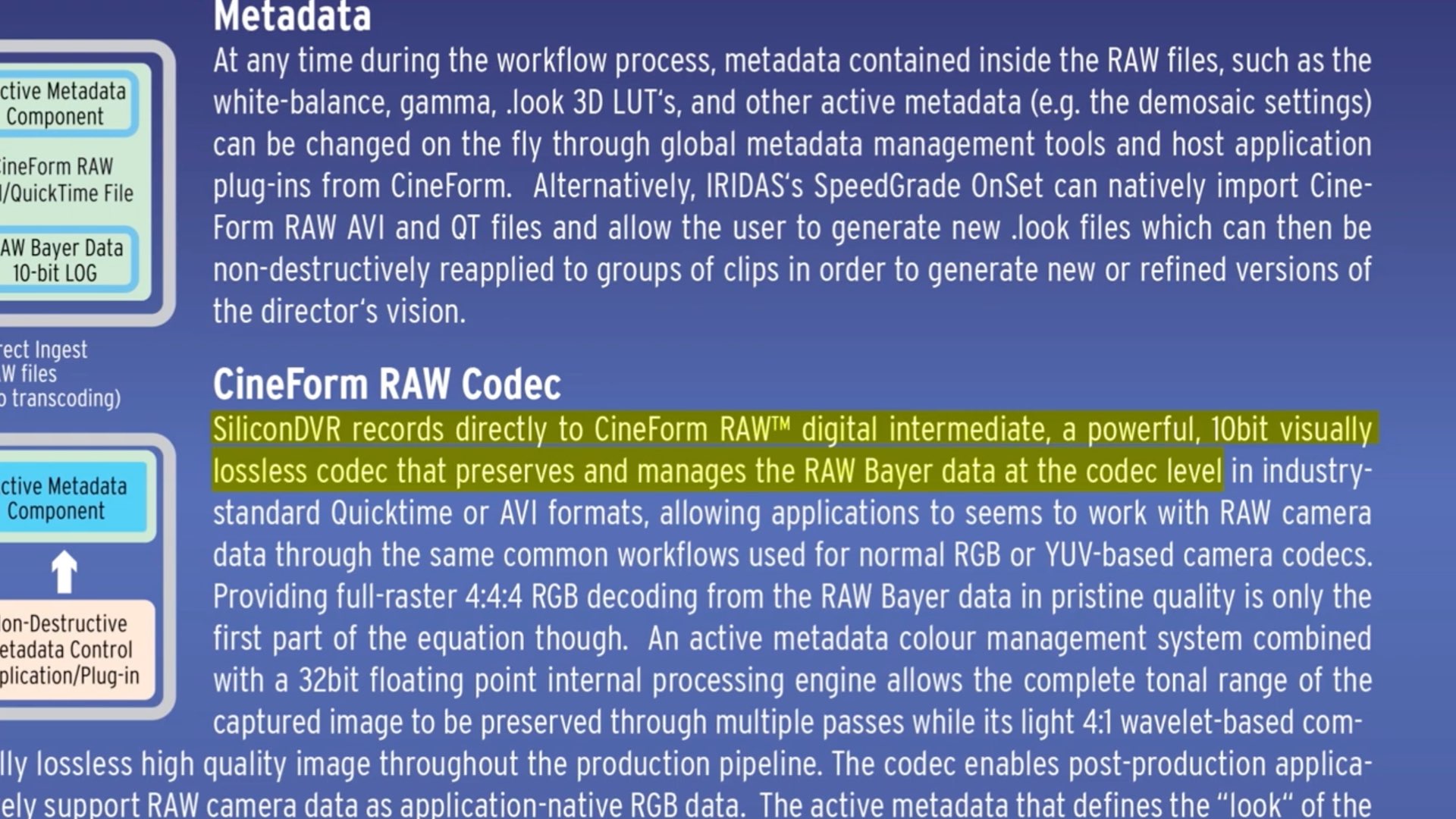
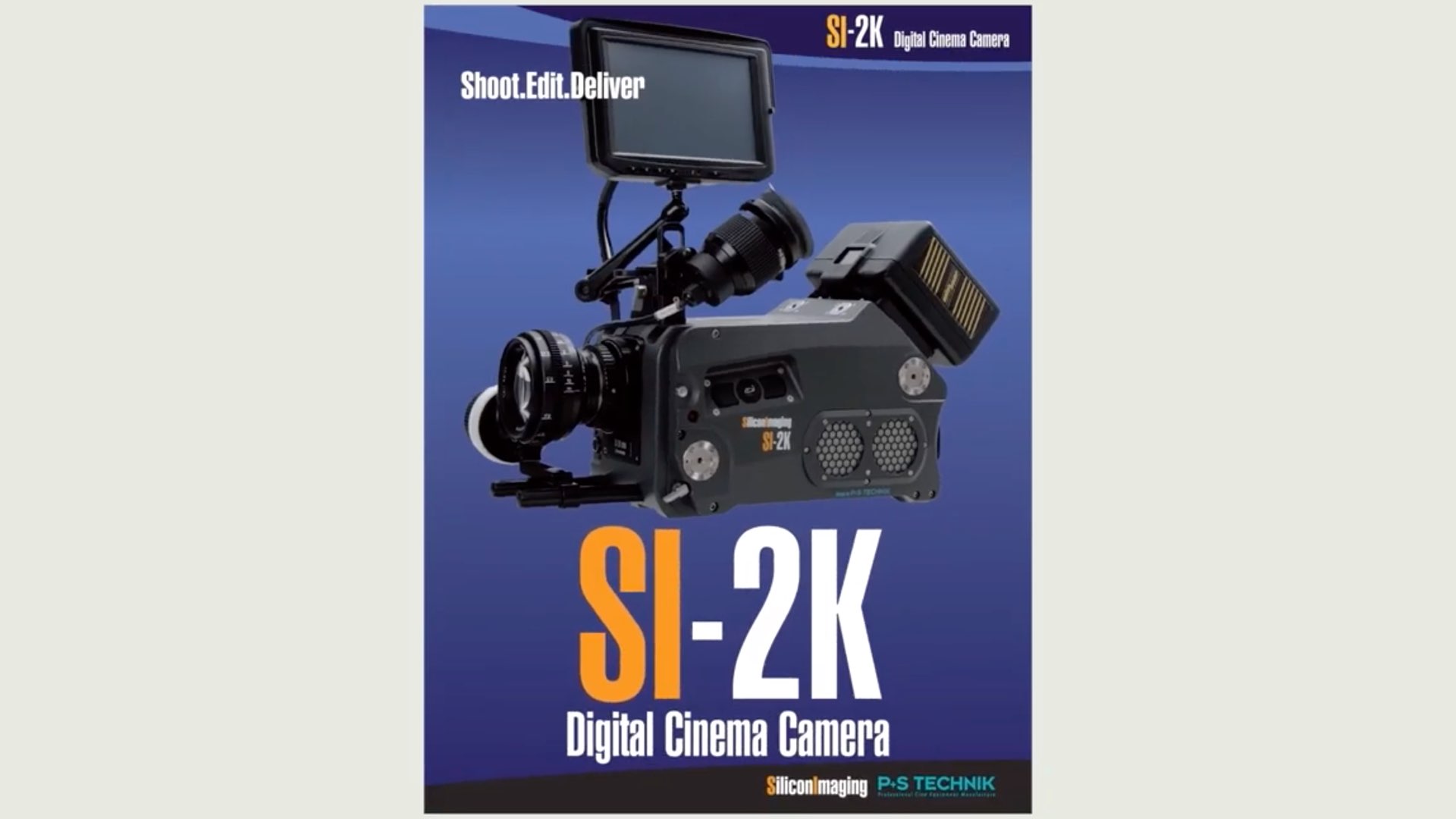
Closing thoughts
Jinni-Tech backs its video on shreds of evidence that were meticulously picked and edited into convincing educational content. However, remember that one angle is presented, and that looks like a biased perspective. Nevertheless, we highly recommend watching this so you can judge for yourself. On a personal note, the filmmaking industry owes RED Digital Cinema a lot, since this company has really helped to expand beyond the technology boundaries of our conservative industry, making it un-conservative, and ultra-innovative. Watch the video below and let’s know your opinion:
If you’re a fan of filmmaking and want a very special gift, you should check out our super unique Y.M.CINEMA 65 which is a one-of-kind stainless steel model of motion picture 65mm film cinema camera. It was meticulously designed and manufactured by us, and with a pure love for motion pictures. The Y.M.CINEMA 65 can be purchased at our 65 STORE (free shipping to the US), or on AMAZON, for a modest price of $34.95 USD.

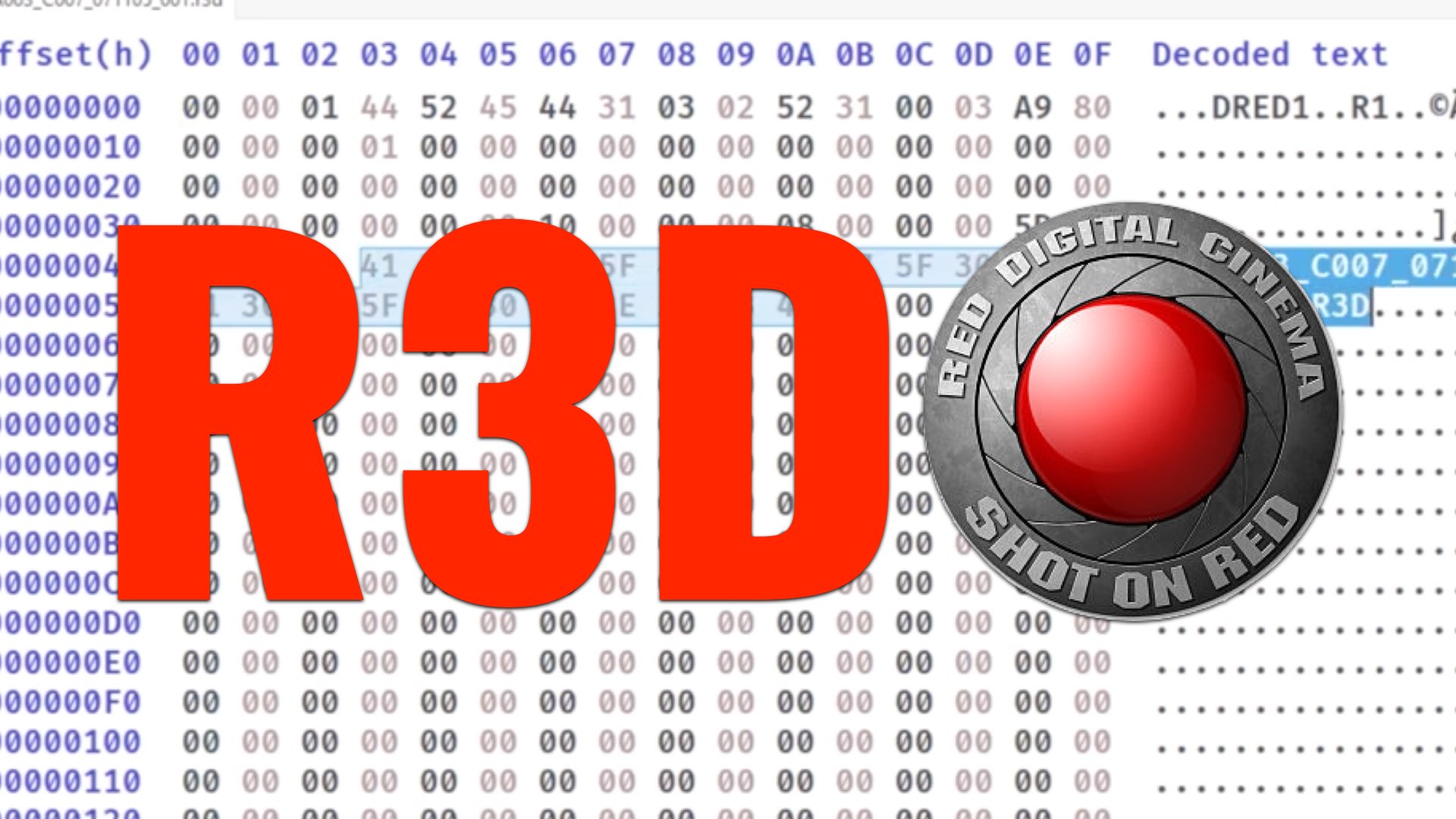

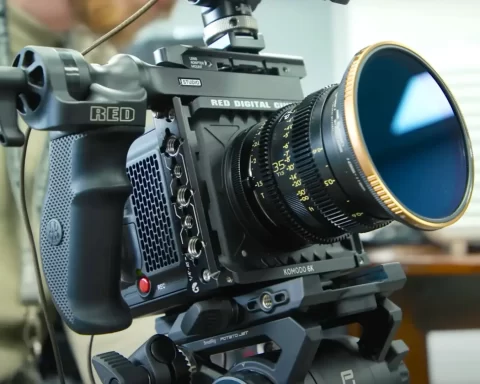
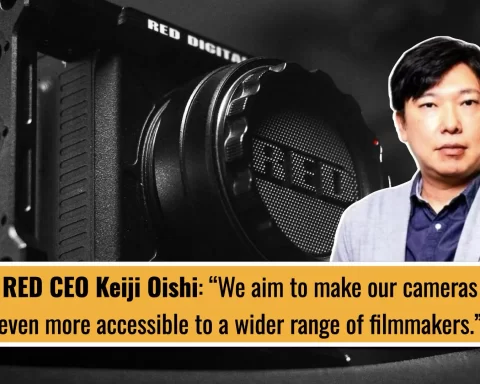
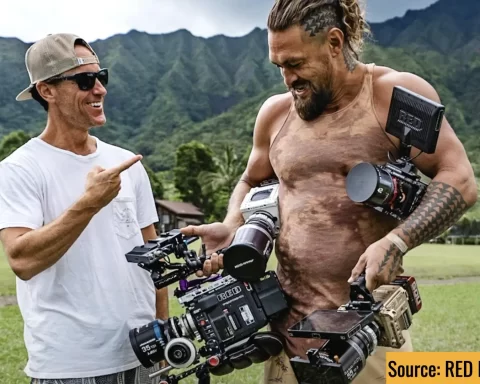

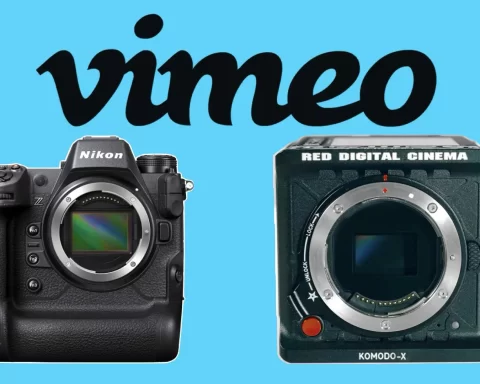
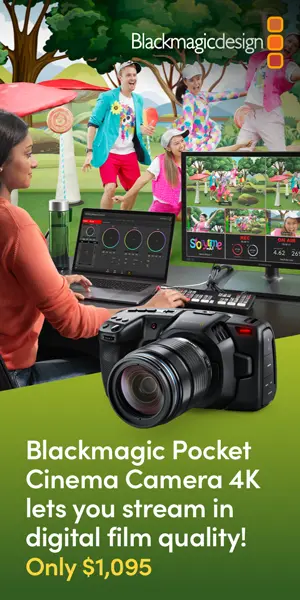
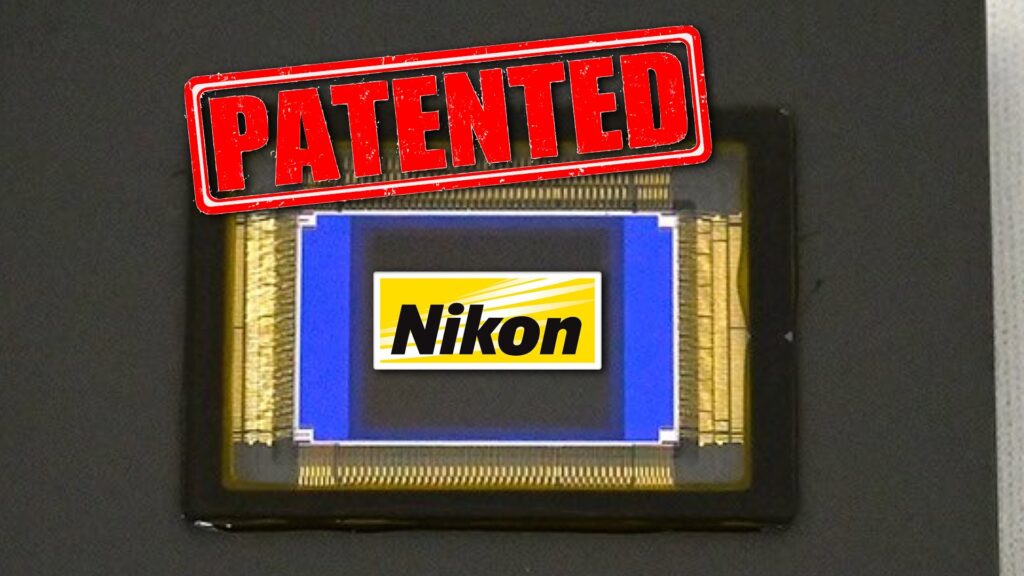
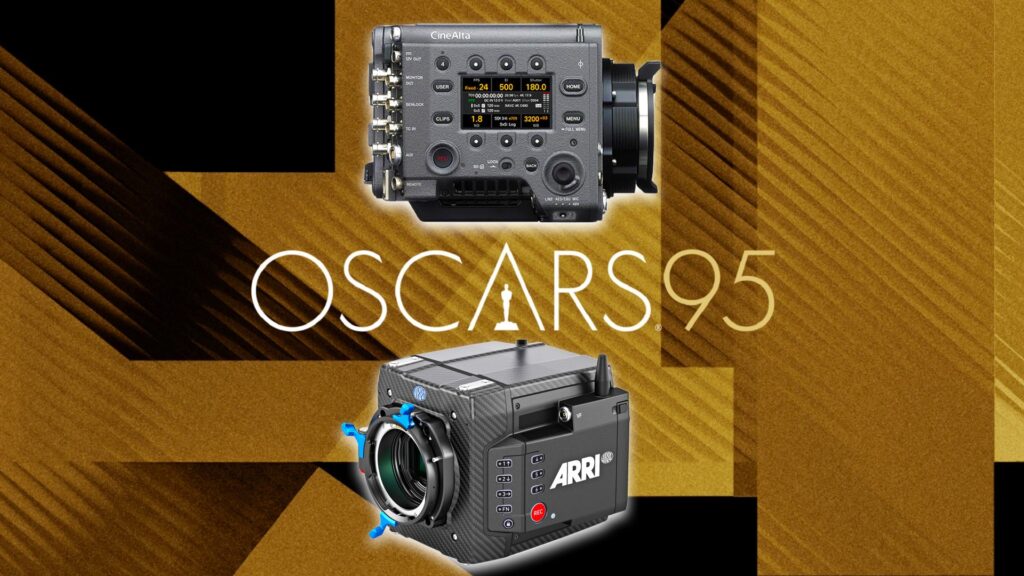
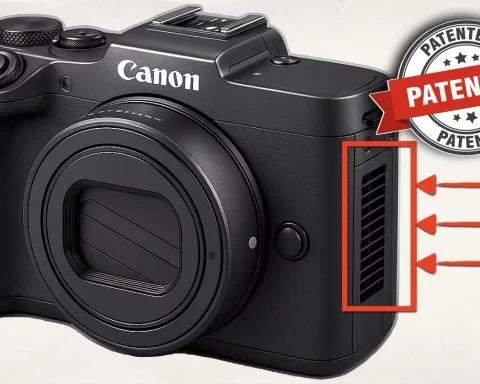
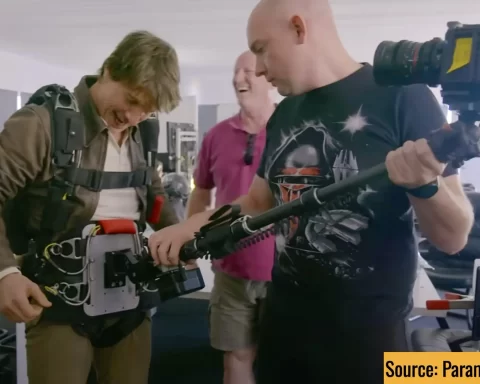


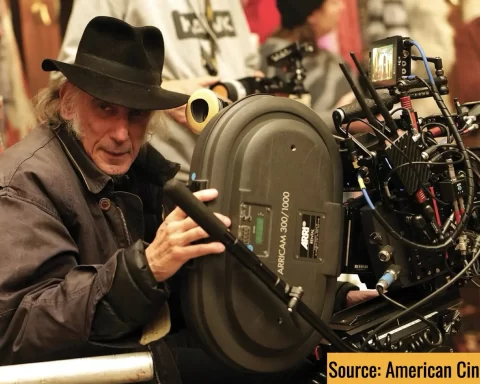

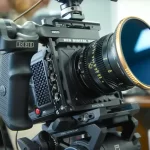
I think the more that comes out, the more I realize red is a really well marketed sunglasses company who’s top employees are all laywers..
Even Apple couldn’t beat them at the court..
But I hope Nikon will…
Red aside, I learned a lot about the codec from this video. Thanks!
I am always surprised at the anger so many people have for a company that literally was created to give more people access to awesome cinema cameras. And has done so.
People in the industry know what Red has done and how much they have pushed the envelope. And whatever anyone wants to say, Red has won Oscar’s for cinematography, are used to film a majority of Netflix series and the newer cameras are being used more and more on big features….David Fincher shoots everything he does on Red. One of the most meticulous, highest standard guys in the business. He is better than all of us at this. So peeps who shoot on Sony mirrorless cameras and have never even used a cinema camera…what is your opinion even based on?
And it may not be cheap, but a $30,000 V-Raptor competes and in some areas beats (not all…Red has better darks, Alexa rules the highlight roll-off) than an Alexa mini LF for 1/3 the price. That is pretty cool…and any colorist will tell you, R3D is amazing to work with. An actual 16 bit codec unlike this ProRes raw 12 bit stuff.
Also, Arri charges thousands of dollars for their media cards which are just CF Express cards in a suit and no one says anything.
I know the guy wants attention, but at the end of the day the Red workflow is the best it has ever been and is chosen by people way more informed and talented than us every day. And coming in after the fact and saying “This codec is just this combined” is both accurate and ridiculous. It’s like saying, “Penicillin, the antibiotic that saved millions, it was just mold. Alexander Fleming just saw mold growing in a Petri dish…he didn’t “invent” anything. Just absolutely insane argument. The same thing as saying “A car is just 2 bicycles with a motor.” Haha.
You don’t have to be a fan, but most of the comments I see on this stuff has nothing to do with the actual product or what it can do and ignores the contribution Red has made to making this industry more accessible and competitive. Is it the best tool for every gig? Hell no. Is it one of the best in the industry? Absolutely yes.
Apologies for the novel…but there aren’t many top quality cinema cameras out there and Red makes a few of them. Arguably with the different sensors, more than anyone else currently. Arri has a smaller lineup and Sony is really just now getting mainstream acceptance with the awesome Venice 2. There aren’t really any other choices if you are making a legit motion picture. Blackmagic is good, but not in the same category. Canon is great for small documentary teams, but haven’t made a real cinema camera contender that has actually been adopted. Blackmagic and the Mavo, etc are products that are not as good as Arri and Red but their market isn’t the professional cinema market in the first place and they embrace that.
Fed up with the tear down culture. I don’t hate on Arri because they don’t make their own sensors. I don’t hate on Red because they defend their patent. Just use the stuff and choose what works best for you. But if you have no experience with it, then maybe say nothing.
While correct on many points, I can‘t leave this uncommented.
RED prevented wider adoption by closing (actually encrypting) their code, after others reversed it. Having this whole thing opened (or kept open) would have sped up the adoption a lot (instead all sw-vendors were forced to use their SDK, which only slowed adoption and led owners of the early and important days to convert so much footage with awkward software they never intended do use, think Assimilate Scratch). This was executing market domincance under the cover of „quality control“ where an open-source approach would have been way more positive to the whole industry.
Secondly RED makes their own sensors as much as ARRI does, the vendor is just kept under wraps whereas ARRI pretty early stated who the makes them.
And as far as I am aware RED never got an Oscar. The films made with it did, and I think it is fair to assume another camera or medium would not have changed any of those achievements.
These Oscars were given for the art of cinematography and technical academy awards.
„the Red workflow is the best it has ever been and is chosen by people way more informed and talented than us every day.“
Who is us ? Do you speak for me ?
There are many people, quite possibly way more informed and talented than you, deciding against RED every day.
Colorists among them, there are many that neglect RED because of its workflow, especially when it was not adopted by all vendors.
The industry could be at least 5 years further developed, not to mention potential 3rd party tools, if RED would have not forced everybody to use their code.
Lumping groups of pros, including „all“ colorists is a bit of a stretch.
What I grant RED anytime (and I am a early adopter myself, almost 15 years ago):
Diversity.
It is pretty likely ARRI as we know it would not exist anymore without RED kicking its arse and forcing them to get the Alexa to market, maybe there would not be all that followed suit, Canon and Blackmagic included with all the tools creators have at hand today at incredible prices.
They really disrupted the industry and rightfully so, with advantages for so many new talents.
Any yes, the whole David Fincher thing is something I will never understand. Maybe it is because they made him his own Xenomorph ?
Or Michael Bay – these cooperations always seem to be tied to personally tailored devices..
Any why did it take RED 15 years to use industry standard connections and position them where they would be expected by pros ?
It is not that angled BNCs and XLRs to the right rear were patented by other vendors. I digress.
RED wanted to be different, disrupt and control the market and use all possibilities available.
They still act in that manner.
Nah……
And of course NOT technical academy awards, darn it.
Some great points….with a lot of odd statements that seem to criticize Red for being a company that exists to make a profit…just like ARRI, who for a decade deliberately gave the impression they designed and built their sensors…neither of which are true. “ RED wanted to be different, disrupt and control the market and use all possibilities available.
They still act in that manner.”
That is called a business.
If ARRI, Red, Sony, Canon, Litemat, Matthews, Hudson Spider, etc etc all gave away all their technology and made it open source so anyone could use it the industry would be further along…until you consider that every company who has ever created a product needs to recoup its R&D costs, pay its employees, pay to bill the stuff, etc. so they would all be out of business and innovation would come to a grinding halt.
The point I was trying to make was the hypocrisy of trashing RED for behaving like a business. ARRI charges thousands for a 1TB ssd with a proprietary connector…but no one seems to bat an eye. But they are doing it to make money. Just like every other camera company.
It just seems foolish. Red and Arri are both extremely capable cinema cameras that do different things well and some of the best in the business prefer one or the other. And more power to them.
Fair enough – I would amend 2 or 3 things.
– I would never expect to give away „all their technology“.
But relying on open standards ? Think ARRI raw. (That‘s more to my liking.)
And with other statements I feel you confuse RED and ARRI sometimes.
– „ARRI charges thousands for a 1TB ssd with a proprietary connector“
One is free to think it might not be up to date anymore (fine with that), but it is exactly what RED did for years while suing companies that offered replacements and again changed code to make that impossible. RED branded CFcards and SATA storage with their Firmware to sell their own storage (with custom connectors!-) So in all fairness, while ARRI used SxS (and now CFast, both industry standards), it was RED doing the opposite. And a fair bit later, ARRI started to work with Codex who then started to deliver the industries best and fastest exchangable solid state media along with workflow advantages that offer an incredible amount of freedom – at a time when SATA based solid state storage was just not up to snuff.
When you look at what Codex does (J2k wavelet compression, at least sometime back – dunno about the innards of todays sw incarnations tbh), they did so externally, circumventing exactly what the other thread here is about: limiting simple logic, filed as/in a questionable patent.
And yes, I absolutely criticize RED for some of their actions, it remains so until today for various reasons of which only some are the SW and codec decisions.
„just like ARRI, who for a decade deliberately gave the impression they designed and built their sensors“ – which decade is this ?
I have to say that RED was giving exactly hat impressions for, well, at least a decade.